Explanation
Yongdae National Recreational Forest features rivers that flow from Maebongsan Mountain (alt. 1,271 m) and Cheoljeongbong Mountain (alt. 1,172 m). The forest consists of deciduous trees such as oak, linden, and birch, as well as pine trees. Not only does the forest boast a beautiful landscape all-year-round, but also serves as a habitat for wild animals of various species, including rabbits, deer, squirrels, raccoons, and even lenoks, which are designated as endangered species.
Inquiry
+82-33-462-5031
Homepage
www.foresttrip.go.kr (Google translator available)
Information Use
Capacities : Up to 800 guests/day maximum
Experience Guide : Forest explanation service (May-October)
Contact and Information : • 1330 Travel Hotline: +82-2-1330
(Korean, English, Japanese, Chinese)
• For more info: +82-33-462-5031
Opening day : 1994
Parking facilities : Available
Day off : Tuesdays (except July & August)
Hours : [Accommodations] 15:00-12:00 (next day)
More information
Mountain Not Access Period
Cooking charcoal barbeque and hiking Maebongsan Mountain are restricted during Mountain Fire Prevention and Awareness period.
* Februray 15 - May 15 / November 1 - December 15
Admission Fees
Individuals - Adults 1,000 won / Children 600 won / Preschoolers 300 won
Groups - Adults 800 won / Children 500 won / Preschoolers 200 won
* Groups: 20 people or more
* Adutls (ages 19-64) / Children (ages 7-18) / Preschoolers (ages 6 & younger)
* Free admission during winter, including camping sites. (December-March)
Facility Utilization Fees
Accommodations (Low Season & Weekdays / Peak Season & Weekends)
[House in the forest]
-Rooms (28㎡, 4 people) 37,000 won / 67,000 won
- Rooms (80㎡, 12 people) 104,000 won/ 184,000 won
[Forest Culture Recreation Center]
- Rooms (23㎡~26㎡, 4 people) 39,000 won / 68,000 won
- Rooms (29㎡~36㎡, 5-6 people) 50,000 won / 91,000 won
[Camping Facility]
- Camping Deck (under 9㎡) 4,000 won
- Camping Deck (9㎡~13㎡) 6,000 won
- Camping Deck (13㎡ and more) 7,000 won
- Auto Camping Site 9,000 won
* Additional admission fees and parking fees charged for camping facility (Visitors using the camping site for two or more consecutive days will only be charged a one-day admission.)
* Parking fee for auto camping site, cabin, camping site with camping cars will be waived.
* Additional 2,000 won will be charged for camping facilities that include electricity.
Parking Fees
Compact cars 1,500 won / Small & mid-sized vehicles 3,000 won / Large vehicles 5,000 won
Available Facilities
Autocamping, Mongolian Yurt site, tent camping, etc.
Restrooms
Available
Location
7, Yeonhwadong-gil, Inje-gun, Gangwon-do
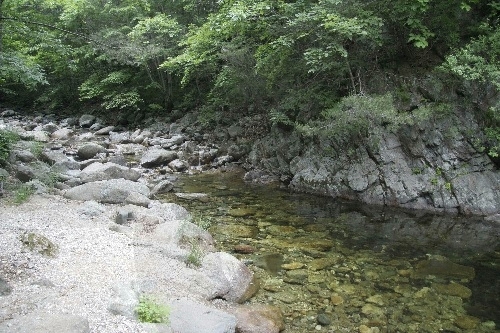
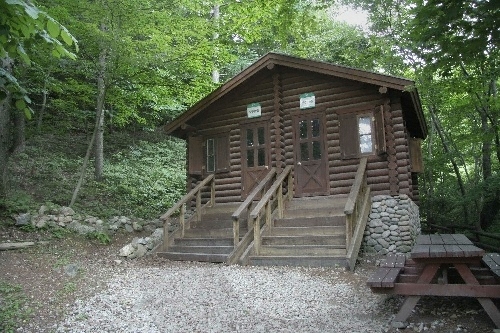
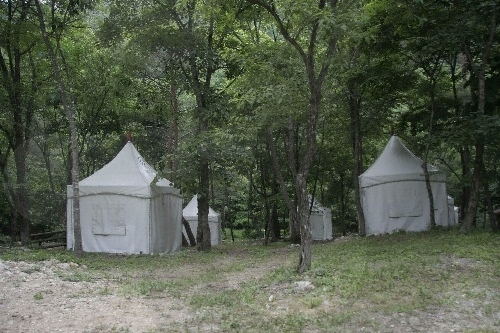
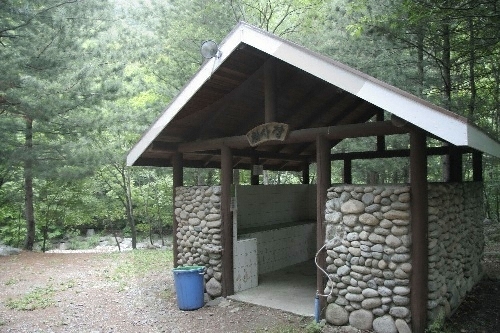
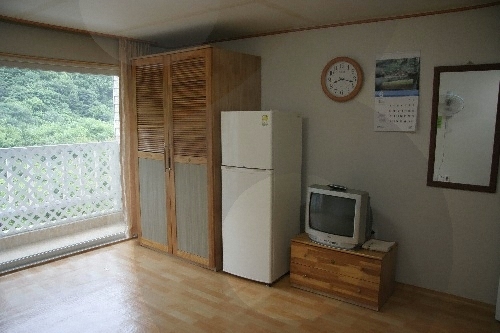
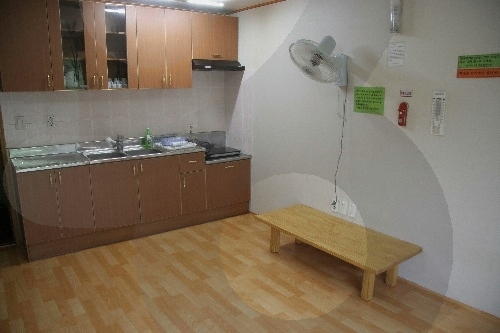
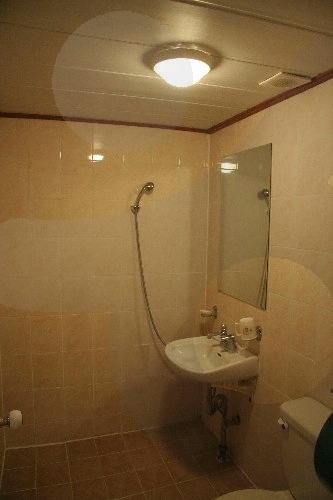
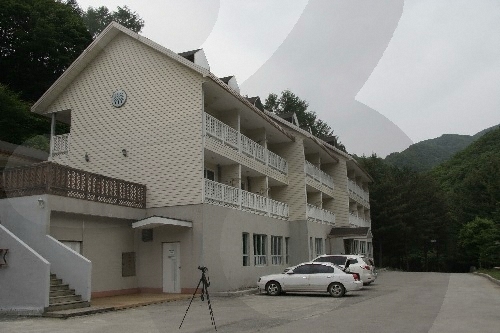
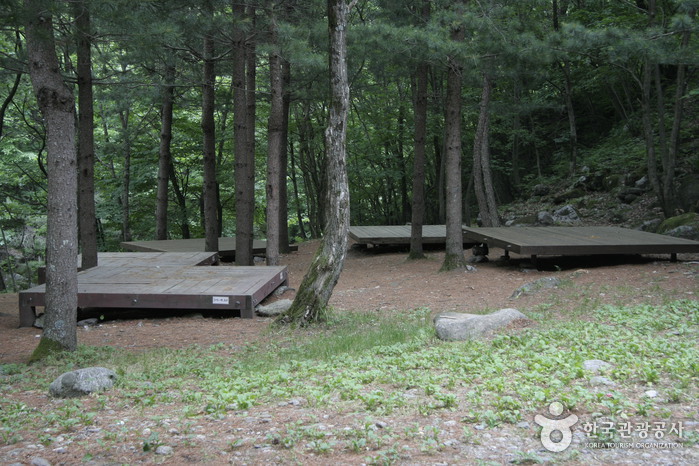

 English
English
 한국어
한국어 日本語
日本語 中文(简体)
中文(简体) Deutsch
Deutsch Français
Français Español
Español Русский
Русский